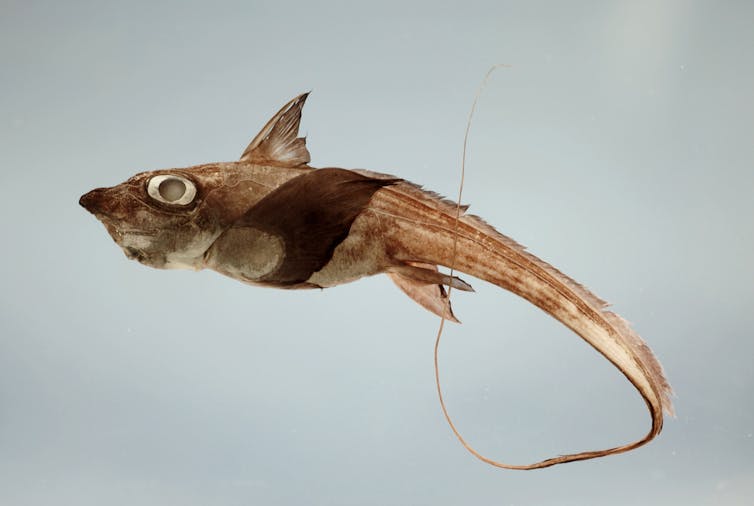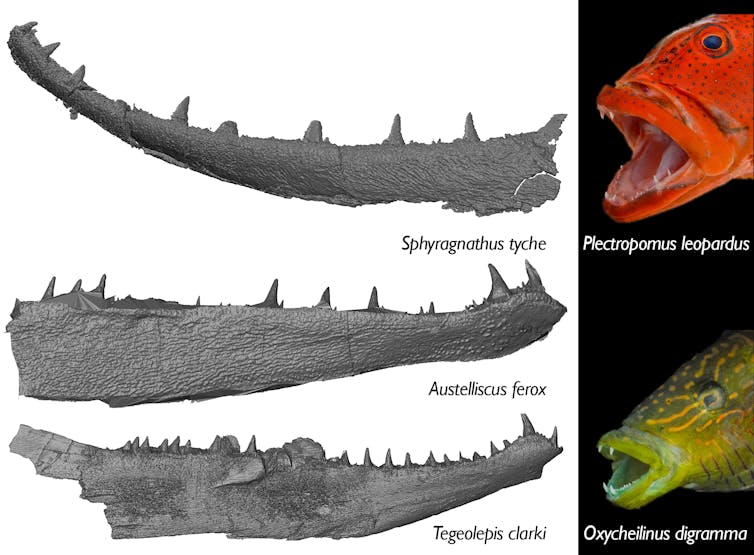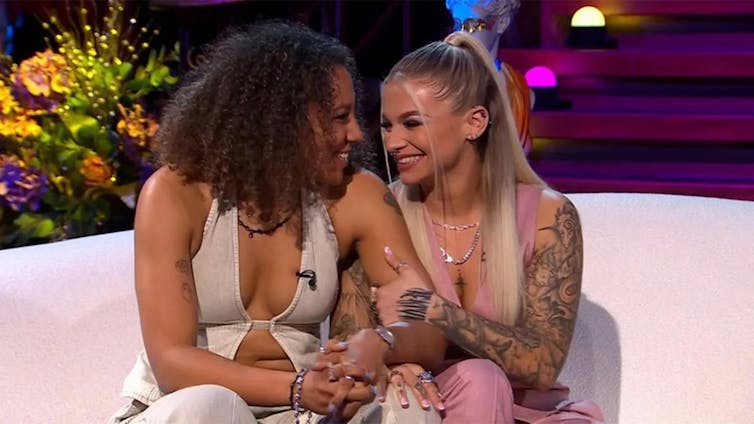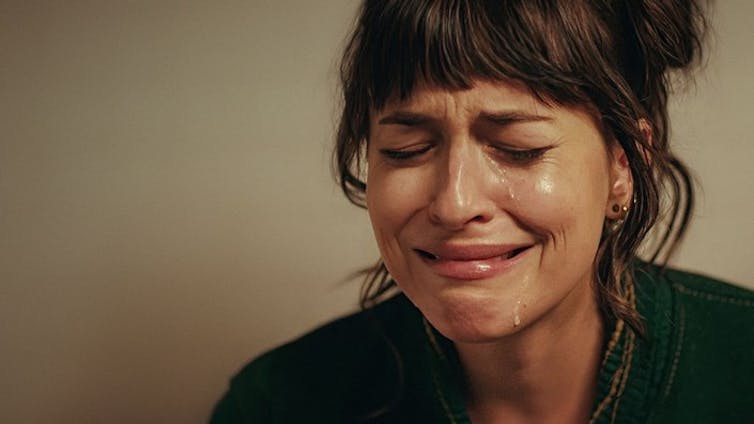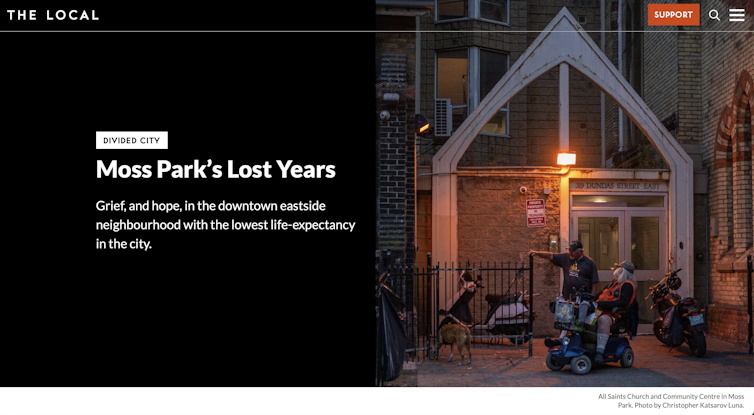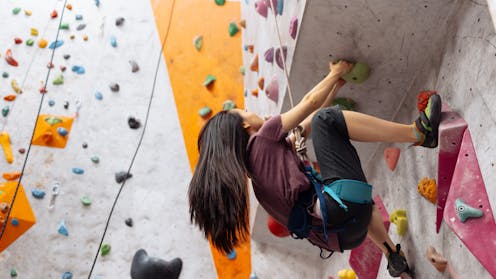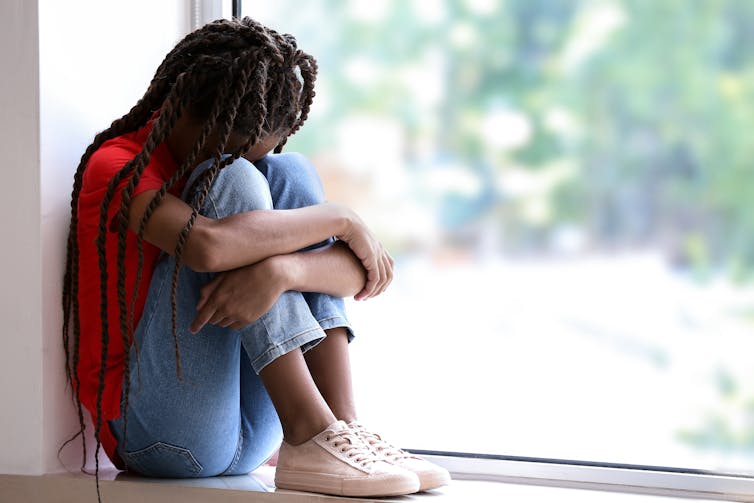Source: The Conversation – Global Perspectives – By Nicole Neil, Associate professor, Faculty of Education, Western University
For many families, summer camp is a rite of passage representing friendship, fun and freedom. But for families of children with neurodevelopmental disabilities, it can be a season of rejection, stress and exclusion.
While other children pack their bags for campfires and canoeing, many children with disabilities are told there’s no space for them, not because they don’t belong, but because the camp isn’t prepared. This is a reality faced by families of children with disabilities.
That’s why colleagues and I created the Inclusive Camp Hub (inclusivecamp.ca), a free, research-informed platform to help camps become places where every child can participate.
Why we needed to act
In Canada, about one in 11 children are diagnosed with a neurodevelopmental disability, such as autism, attention-deficit/hyperactivity disorder (ADHD) and intellectual disabilities. And yet, despite legal protections like the Accessibility for Ontarians with Disabilities Act, many camps report difficulties in creating inclusive environments.
Our research into inclusion in community settings, such as camps and museums, revealed consistent barriers: staff lacked training, resources were scarce and families were left with few options. As a result, children with neurodevelopmental disabilities were excluded from the same joyful, formative experiences their peers enjoyed.
These barriers have real consequences. Families often struggle to find respite during the summer, and children miss out on opportunities for social development, peer interaction and community belonging.
Building the Hub
Well-trained and supportive staff play a crucial role in fostering inclusion in camps. Interviews with families revealed the importance of staff who are kind, responsive and equipped to support a wide range of needs. It was clear that staff training needed to be a central focus of our work.
We designed The Inclusive Camp Hub to feature practical tools grounded in research from inclusive education to focus on staff training modules, tip sheets and real-world strategies that are easy to implement.
In studying and following a module about Universal Design for Learning, for example, camp directors or staff can consider strategies for providing multiple means of representation, engagement and expression — while ensuring physical spaces and materials are universally accessible.
Less awareness of cognitive accessibility
While many community settings have made strides in improving physical accessibility, adding ramps, accessible washrooms and mobility-friendly spaces, there has been far less attention paid to cognitive accessibility.
This includes designing environments that support different ways to participate, such as by making routines predictable and by making activities flexible enough to accommodate different ways of learning.
In developing the Inclusive Camp Hub, we drew on evidence-based practices identified in our research.
These include staff training, peer-mediated interventions and behavioural supports such as reinforcement systems and prompting. Reinforcement systems are structured ways to encourage behaviour by offering rewards or positive outcomes when those behaviours happen. Prompting means giving a child cues, like pictures, words or gestures, to help them complete a task such as using a visual schedule to show what comes next.
We also found that families with children with neurodevelopmental disabilities valued hands-on, multi-sensory learning experiences, clear signage, quiet spaces and staff who are kind and responsive. By incorporating these strategies into our training site, we aimed to make inclusion achievable and sustainable for camps of all types.
A model camp
To test and refine our approach to inclusion, we launched a model inclusive camp, called the S3 camp, at Western University.
We welcomed children ages nine to 14 — with and without neurodevelopmental disabilities — and focused on STEM activities, disability awareness and, most importantly, a sense of belonging.
The camp was staffed by students in a school psychology program, as well as education and STEM-field students who received specialized training and used inclusive design tools from the Hub. They learned how to create accessible activities, use behavioural supports, support communication differences and foster inclusive group dynamics.
The results were promising. We saw campers who had difficulty at other camps fully engaged in activities. Staff reported feeling more confident and capable in supporting children with disabilities, and parents said their children came home happy, proud and excited to return the next year.
Why camp inclusion matters
At first glance, summer camps might seem like a luxury — a fun experience rather than a critical developmental one. But camps offer more than just fun: they are powerful spaces for growth, learning and connection.
Research shows that children in inclusive settings experience improved social skills, stronger peer relationships and increased self-esteem. They learn through play, build friendships and develop a sense of belonging, all which are foundational for healthy development.
These benefits extend to all campers. Neurotypical children gain empathy, communication skills and a broader understanding of diversity
Looking forward
Inclusive Camp Hub is now expanding its reach, with plans to partner with more camps and extend its impact while continuing to refine our tools based on feedback from families, staff and community organizations.
Camp leaders can take the first step by exploring the free tools and training available through the Hub. Families and advocates can continue to ask questions, share their experiences and push for environments where all children are welcomed and supported.
As a researcher, I’ve spent years studying inclusion. But nothing compares to seeing it in action, watching a child find joy, friendship and confidence at camp. Every child deserves a summer of belonging.
![]()
Nicole Neil’s work is supported in part by funding from the Social Sciences and Humanities Research Council.
– ref. Neurodiverse kids at camp: How programs can become places where all children belong – https://theconversation.com/neurodiverse-kids-at-camp-how-programs-can-become-places-where-all-children-belong-258793



